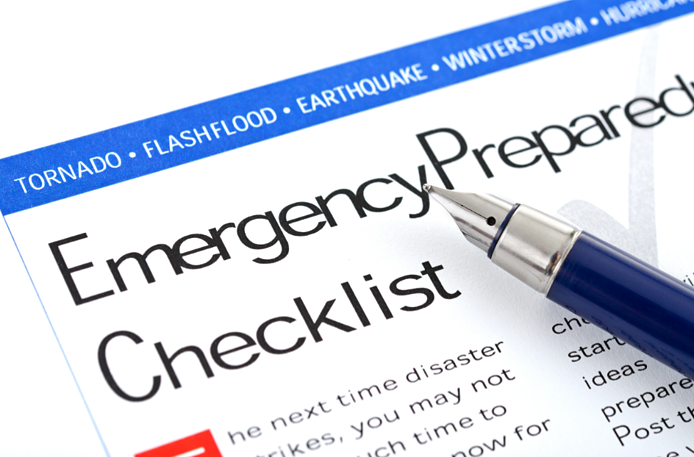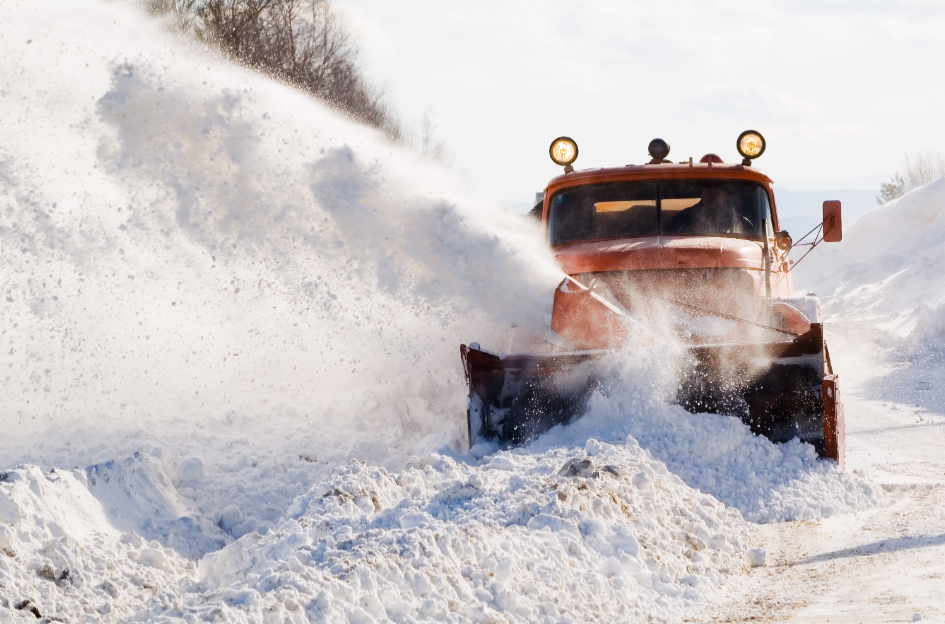
Emergency preparedness is a year-long concern for facility managers, but when it comes to natural disasters and other threats to the safety of your building and the people who are in it, winter is the highest-risk season. The main risks include severe blizzards and ice storms, power outages, fire, roof collapse, gas leaks, and flooding from snow-melt at season's end. To guard against these dangers and protect employees, customers, and all others present on facility grounds, you should develop and implement a winter disaster response plan no later than the fall.
Effectively coordinating wintertime emergency preparedness policies can involve a whole host of elements, but we will focus on just five of the most important ones here below:
1. Snow and Ice Removal After Severe Storms
Winter grounds crews must be well equipped and fully trained to not only handle routine snow and ice removal, but also to respond efficiently to the aftermath of major blizzards and ice storms. Primary access routes, fire lanes, handicapped parking spaces, and all the most dangerous areas on facility grounds should be prioritized. Since emergencies are compounded by inability to enter/exit the building, quick and effective storm response is a must. Consider placing heated-floor mats near key entrances, so that there’s always a safe exit path at the ready.
2. Emergency Utility Management
Wintertime power outages are a nuisance in themselves, but when combined with snow-ins and other emergency situations, they can be devastating. A back-up power generator should be kept ready all winter long, if not all year long, and enough fuel to operate it for at least 24 hours should be kept on hand. Furthermore, the emergency power source needs to be regularly inspected and tested.
Your heating and electrical systems need to be checked for fire hazards before winter begins, and both heating and ventilation systems must be available even during emergencies. Finally, charts showing where/how to shut off gas, oil, electric, and water, when necessary during an emergency, should be posted in plain view.
3. Emergency Communication Systems
The inability to communicate during a disaster can be as debilitating as the disaster itself, making it imperative to have an emergency telecommunication plan in place. Additionally, a current contacts list should be maintained of employees along with phone numbers of emergency medical services, local hospitals, the Red Cross, FEMA, and nearby police and fire departments. There must be a plan as to how your facility will receive notice of impending disasters and how all building occupants will be warned in a timely manner.
4. An Emergency Exit Plan
Evacuation instructions need to be given to all staff and be displayed next to all fire exits. Routes should pass by protective structures like firewalls while avoiding hazards like wooden staircases and boiler rooms, and no cross-traffic should occur. Periodic tests should be conducted and a head-count of all employees should be made at outdoor assembly zones. In case it becomes necessary to evacuate to a remote area, an emergency transportation plan should exist as well.
5. An Emergency Stay-Over Plan
Sometimes, a day or more of forced confinement may be unavoidable during winter emergencies. Designated shelter and/or living areas, stockpiles of non-perishable food and water, emergency medical supplies, and clearly assigned roles for staff during such a situation will make the emergency confinement period as safe and pleasant as possible.
There are many other aspects to emergency preparedness, such as fire extinguisher management, assisting special-needs occupants, protecting invaluable company records, and researching the weather history of your local area. The five areas of preparation mentioned above, however, should be part of any emergency response plan. As emergency situations are a constant threat, constant vigilance is required.


